STRATEGIC EXPERIENCES
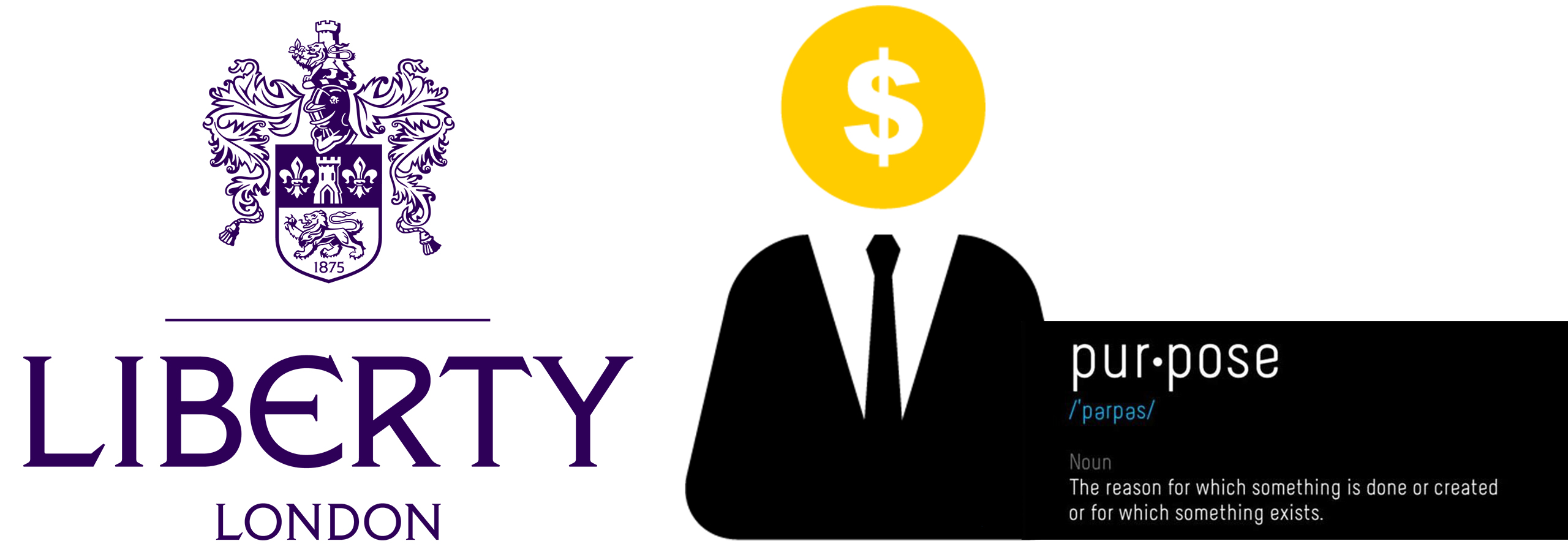
In the lecture we split into groups, defined a company’s purpose and used a brand differentiation analysis tool to visualise different companies’ qualities. In my group we analysed Liberty London, a high-end fashion and luxury homeware department store.
The diamond is split into 4 sections:
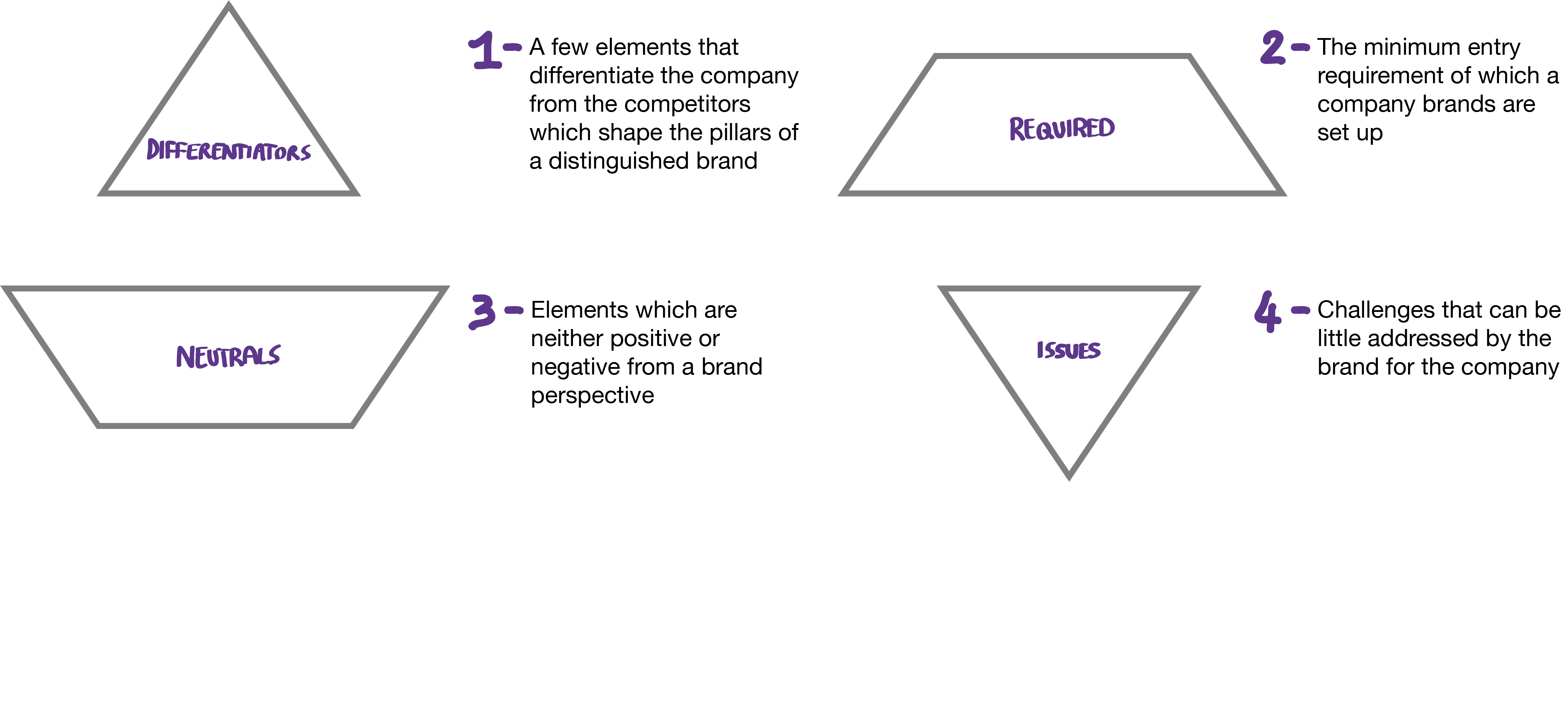
Brand differentiation analysis: explained sections
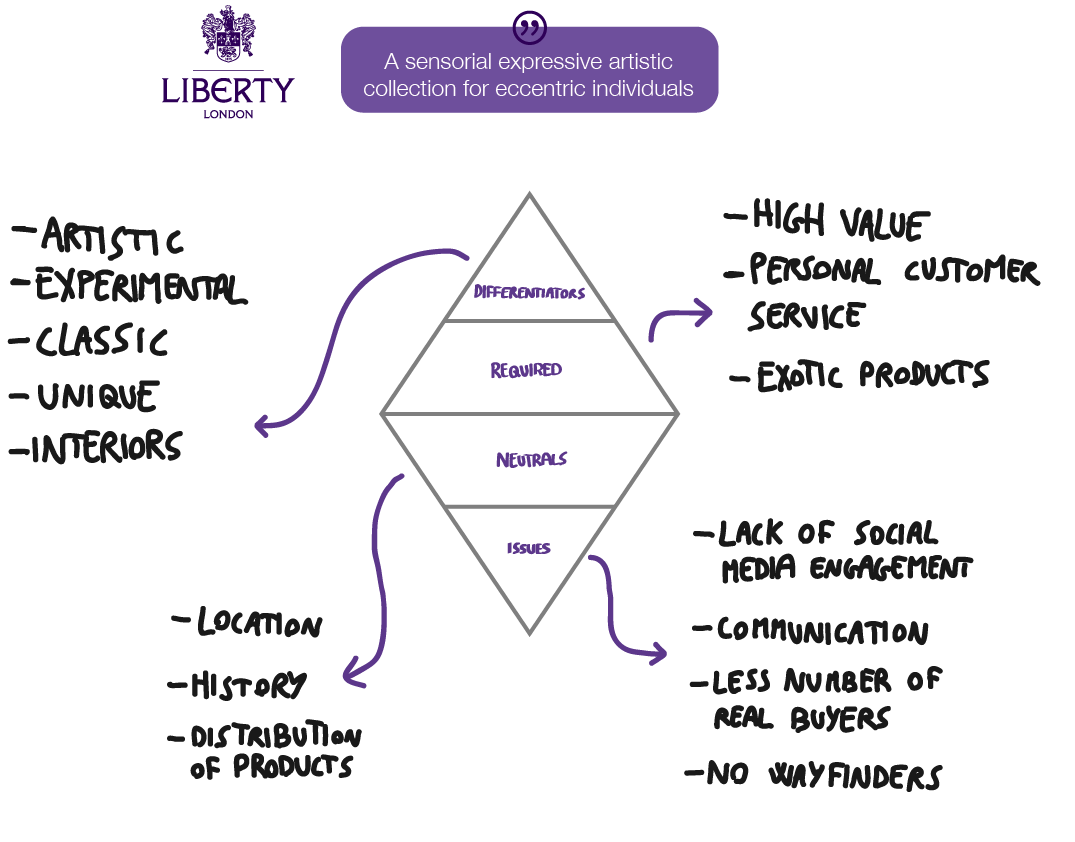
Liberty’s purpose statement and brand differentiator
I then positioned Liberty into a positioning strategy map with UK’s competitors, where we can visualise Liberty’s brand position based on user of technology and traditional vs contemporary. see below
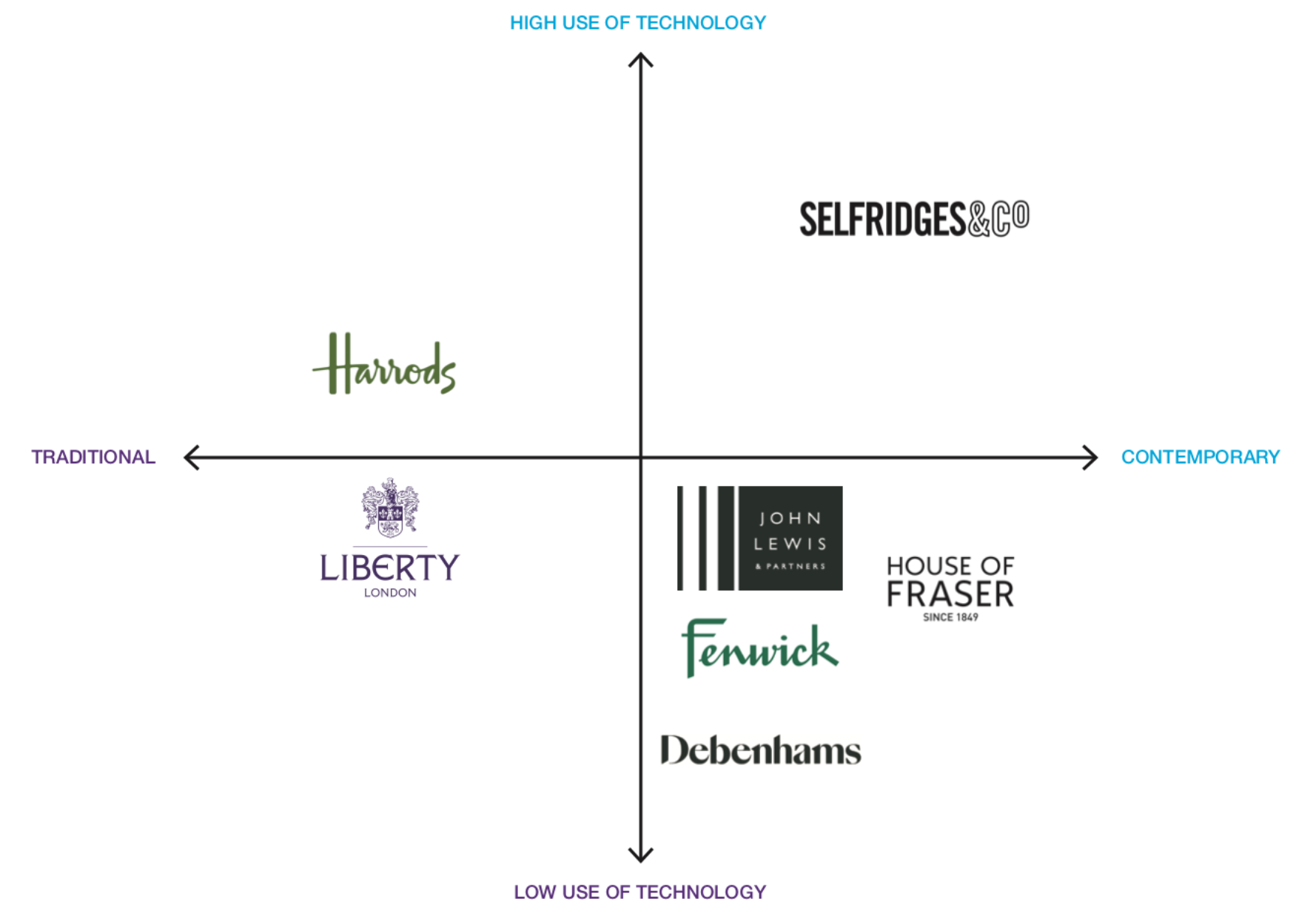
Positioning strategy map
Learning from this experience I was able to differentiate the brand with its competitors, this methods will help me for my future approach toward branding, brand stretching and innovation, for instance, innovating a brand looking at competitors and leading markets.
Another crucial part of the lecture was when we talked about strategic experiences and compared Alexander McQueen’s exhibition as a great strategic experience. Below are 6 key point which justify such statement.
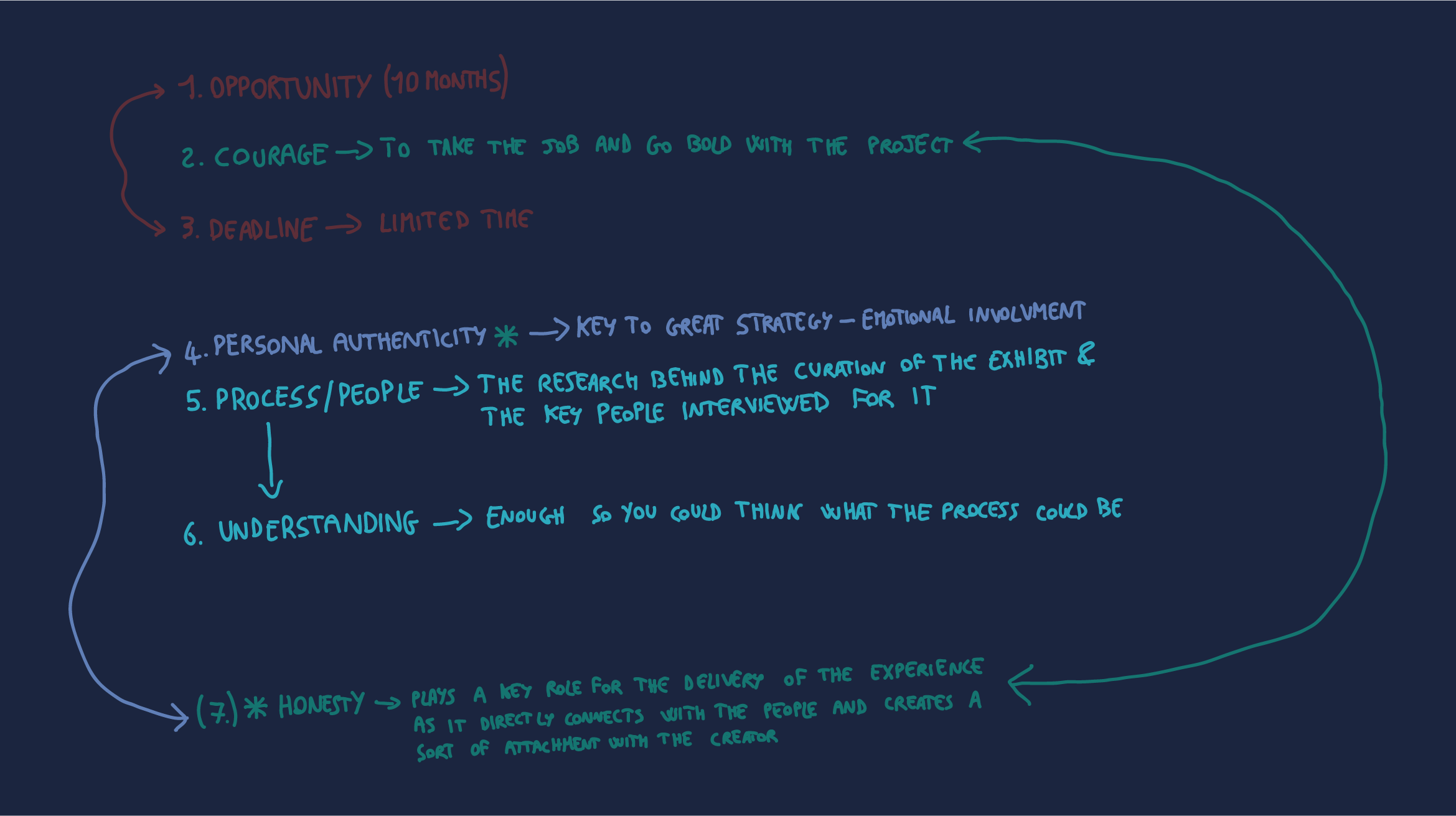
Fundamental key points of a strategic experience & their relation
Purpose is fundamental in this experiences and I found that there are 6 reasons why purpose is becoming more important in the corporate dictionary and are challenging identity and operational structures of companies, forcing them to reinvent value and how it is produced.
Combined, these 6 factors indicate that many workers, consumers, societies, investors and other stakeholders are raising serious questions about the structure of society and the position of the company within it. And while change is a constant part of life and business, technology and science are driving the speed and scope of progress like never before. (EY Beacon Institute, 2018)
See 6 factors below

6 reasons why purpose is becoming more important
As far as my career as a designer has been, my personal understanding of leading great design had to do with functionality, beauty and profit. However, in the lecture we discussed various elements of design leadership, and purpose was the main drive for successful design practices. Purpose shifted my thinking as I have been told to have an entrepreneurial mind, perhaps because most of my relatives created their own businesses or because when I hear something I unconsciously look at ways I can make profit out of it, yet I have now realised that this is wrong because if there is no purpose on what I do there would be no success.
REFERENCES
DeSantis Breindel (2018) Creating a Differentiated Professional Services Brand. Available at: https://www.desantisbreindel.com/insights/brand-differentiation-professional-services/ (Accessed: 29 February 2020).
EY Beacon Institute (2018) Why business must harness the power of purpose | EY – Global. Available at: https://www.ey.com/en_gl/purpose/why-business-must-harness-the-power-of-purpose (Accessed: 29 February 2020).
W. Malnight (2019) Put Purpose at the Core of Your Strategy. Available at: https://hbr.org/2019/09/put-purpose-at-the-core-of-your-strategy (Accessed: 29 February 2020).
